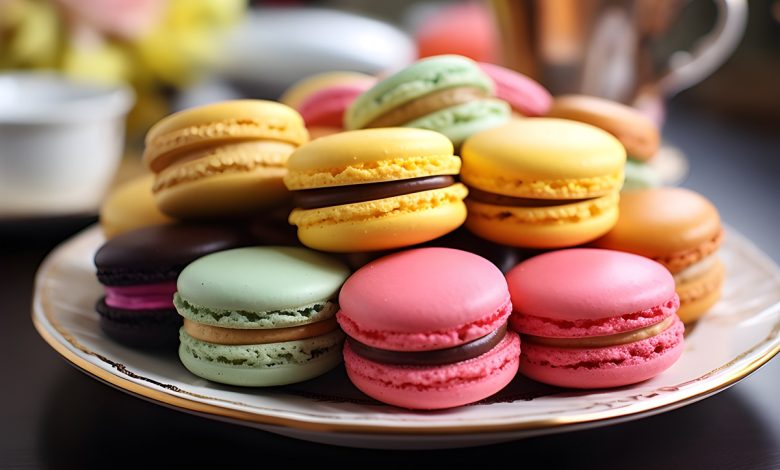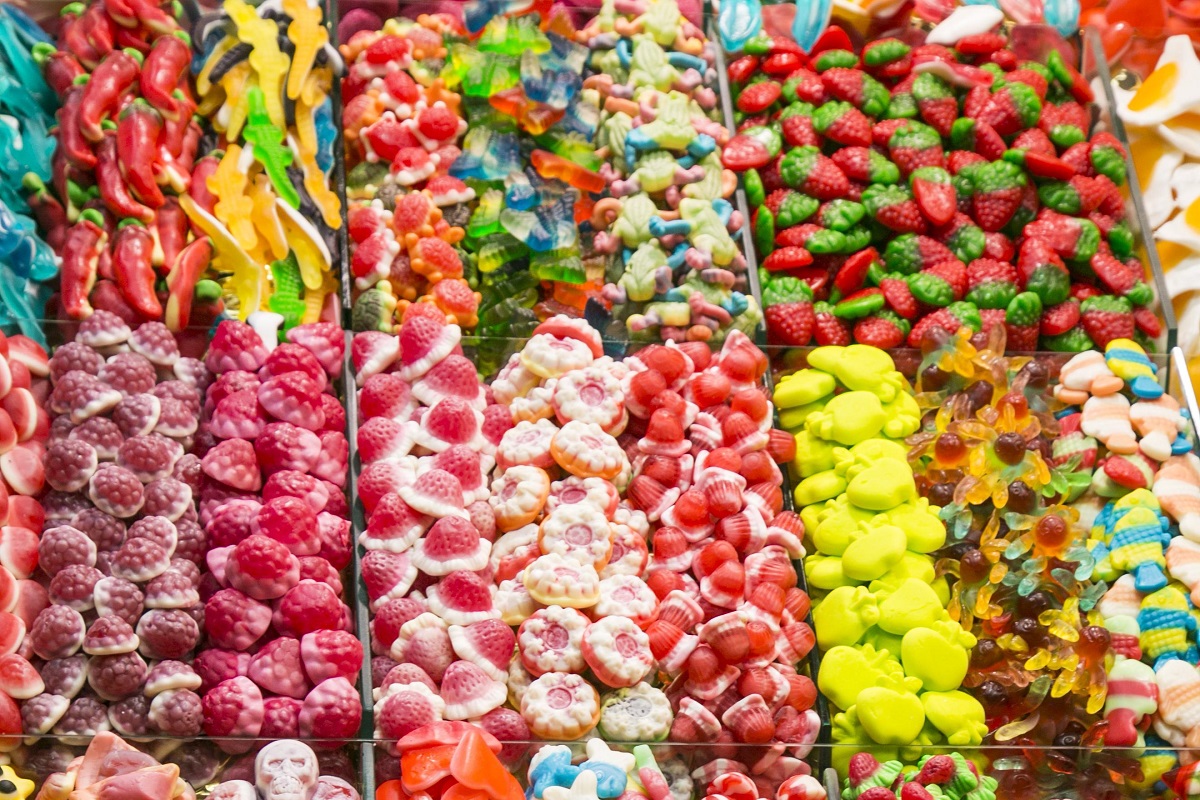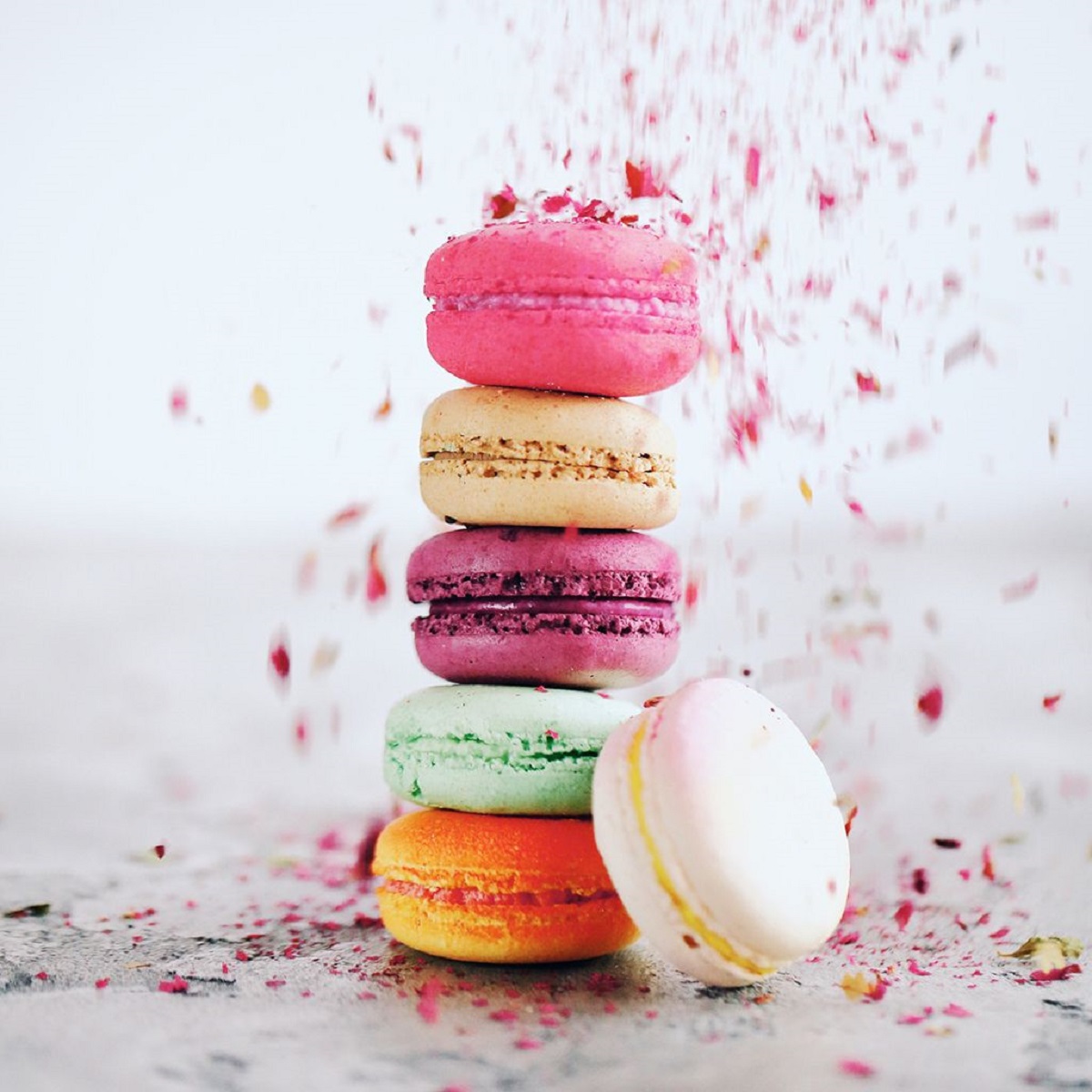The Influence Of Color On Food Choices: How Visual Perception Affects Flavor Experience

Color On Food Choices: In the complex world of food, the role of color goes far beyond aesthetics. It significantly influences our perceptions, expectations, and even the flavor experience itself.
The psychological impact of color on food is a fascinating field of study, revealing how the brain processes visual stimuli and how these cues can affect our taste perceptions. This essay explores the relationship between color and food preferences, delving into how the eyes “taste” flavors and how color can shape our emotional and sensory response to food.
The Influence Of Color On Food Choices
The Power Of Color In Food Perception

Color On Food Choices, Color is one of the first characteristics we notice when we encounter food. It plays a crucial role in the immediate evaluation of the item, setting expectations for taste, quality, and freshness. For instance, bright, vibrant fruits such as strawberries, oranges, and apples tend to evoke feelings of freshness and sweetness, while darker colors like deep brown or gray may subconsciously signal a lack of freshness or even spoilage. This visual input can affect our anticipation of flavor before we even take a bite.
Studies in color psychology have shown that different colors can evoke specific emotional reactions. Red, for example, is often associated with energy, passion, and sweetness. This explains why many food brands use red in their packaging or in the design of their products. Similarly, yellow, the color of bananas and lemons, is tied to happiness and warmth and often signals tartness or tanginess. On the other hand, green, a color found in vegetables and leafy greens, is often connected to health, nature, and freshness.
The Interaction Between Color And Flavor
Color On Food Choices, The interaction between color and flavor perception goes beyond mere visual appeal. Research has demonstrated that color can even alter the way we perceive taste. For instance, in one study, participants were given identical flavored drinks that were colored differently. The results showed that people who drank a red-colored beverage rated it as sweeter than those who drank a yellow or green-colored version of the same drink, despite the flavors being identical. This phenomenon is known as “color-flavor congruency.”
This effect is not just limited to drinks. Foods like chocolates, candies, and even savory dishes are often artificially colored to align with the expected flavor profile. A green pasta might evoke thoughts of herbs or spinach, while a deep orange soup might signal a rich, pumpkin flavor. In the absence of expected colors, there may be confusion or a sense of disappointment when the flavor does not match the anticipated visual cue.
Cultural Influences On Color Preferences

Color On Food Choices, Color preferences are not universal; they are often shaped by culture, personal experiences, and even societal trends. In some cultures, color symbolism plays an important role in food choices. For instance, in many Asian cultures, the color red is considered lucky and is commonly used in festive foods, while in Western cultures, red is often linked to excitement or indulgence, such as in desserts or sauces.
Furthermore, personal experiences can influence how we interpret food colors. Someone who associates the color yellow with sourness from past experiences may find it more difficult to enjoy foods of that color, even if they are sweet in taste. This demonstrates the complex interplay between color, memory, and taste.
Color And Appetite
Color On Food Choices, Interestingly, color can also impact our appetite and food consumption. Bright colors tend to stimulate the senses and can lead to an increase in appetite. Warm colors like red and orange are known to enhance feelings of hunger, which is why they are commonly used in restaurant decor and packaging for fast food. On the other hand, cool colors like blue and green are often associated with calmness and can have a suppressive effect on appetite. This is why blue foods are relatively rare in nature, and in turn, foods with a blue hue may seem unappealing to some people.
Also Read:
Regular Egg Consumption Reduces The Risk Of Death From Cardiovascular Diseases
The Importance Of Maintaining A Balanced Diet For Optimal Health




